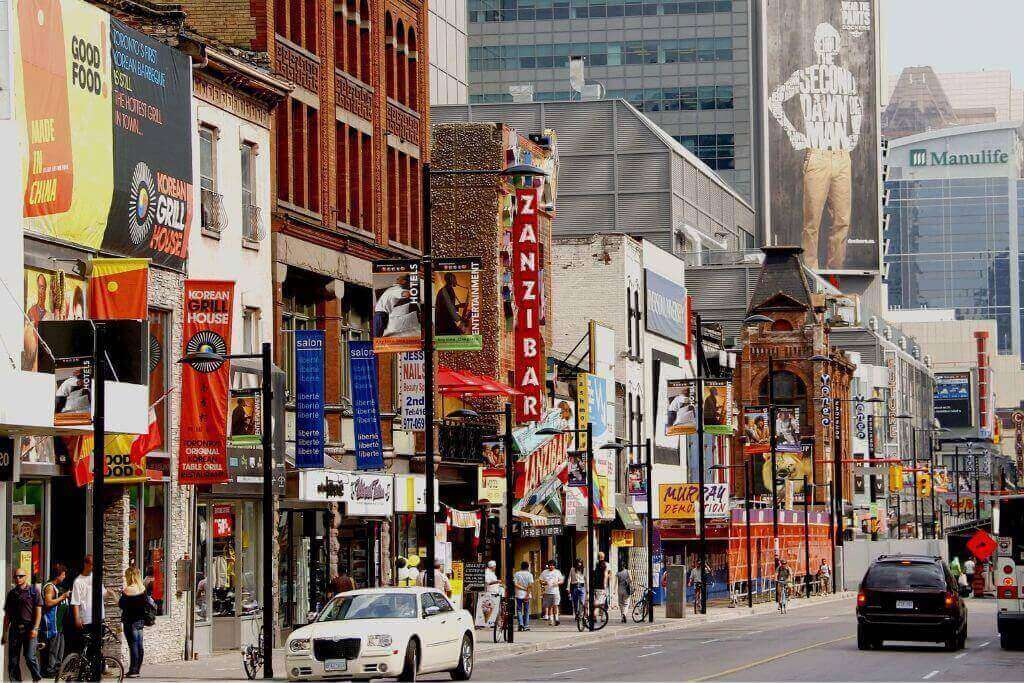Every city has a few streets that are more distinctive than the others. They might be dotted with attractions like Ottawa’s Sussex Drive or a mecca for shopping like Vancouver’s Robson Street. Some roads gained notoriety as the location of an uprising or a gold rush. The top 9 streets in Canada are shown here, but there are many more.
1. Robson Street, Vancouver, British Columbia
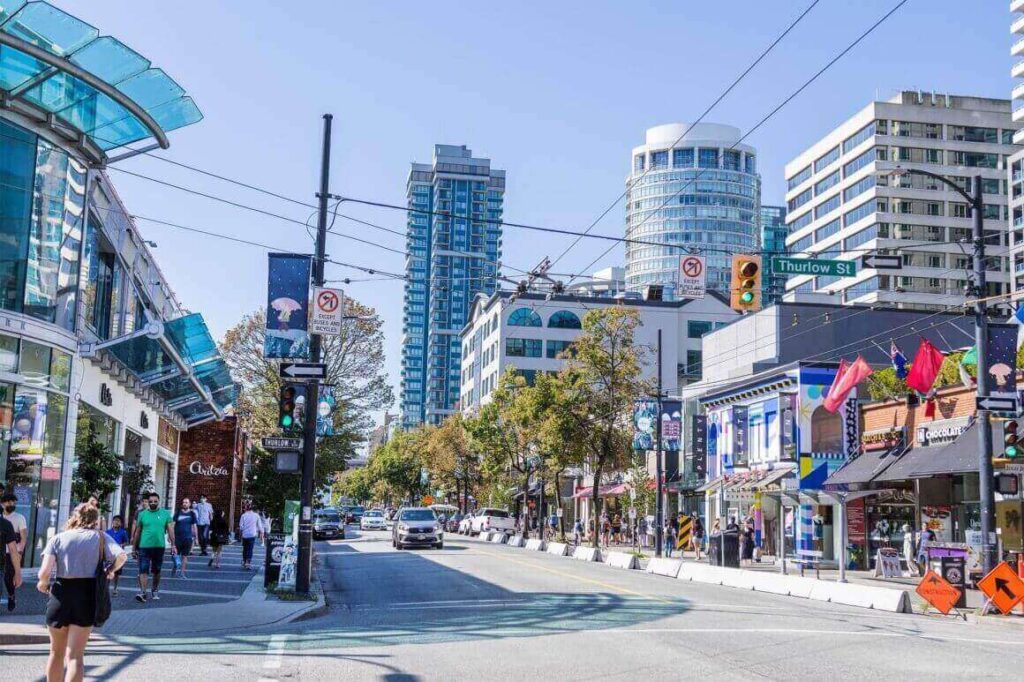
Robson Street, which is now a shopping area, was founded in the 1890s. Beginning in the 1950s, a majority of European specialized stores and eateries grew. Robsonstrasse, the German term for street, became the name used by locals and visitor information. As a result of its growing popularity, independent shops were gradually replaced by chain and high-end stores, causing gentrification.
2. Cariboo Road, British Columbia
Many eager prospectors were drawn to the distant Cariboo Mountains in the Colony of British Columbia during the Cariboo Gold Rush. It was challenging to transport anything into or out of the distant site because the road leading to the gold fields was barely wide enough for one mule.
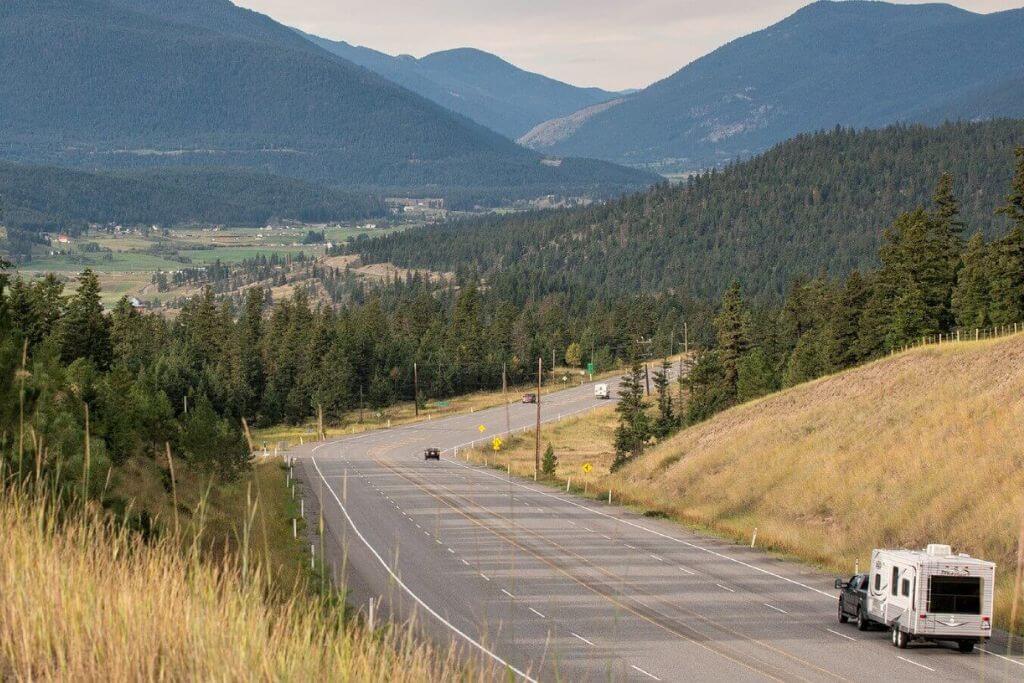
Cariboo Road, a 650-kilometer highway connecting Yale and Barkerville, was built under Governor James Douglas’ orders. The colony accrued debt due to the road and other expenses. The Colony of British Columbia was compelled to amalgamate with the Colony of Vancouver Island when the gold rush came to an end.
3. Jasper Avenue, Edmonton, Alberta
In 1870s, Jasper Avenue developed as Edmonton’s main business street. But just like many of Canada’s main roadways, indoor retail malls had a negative impact on their viability.
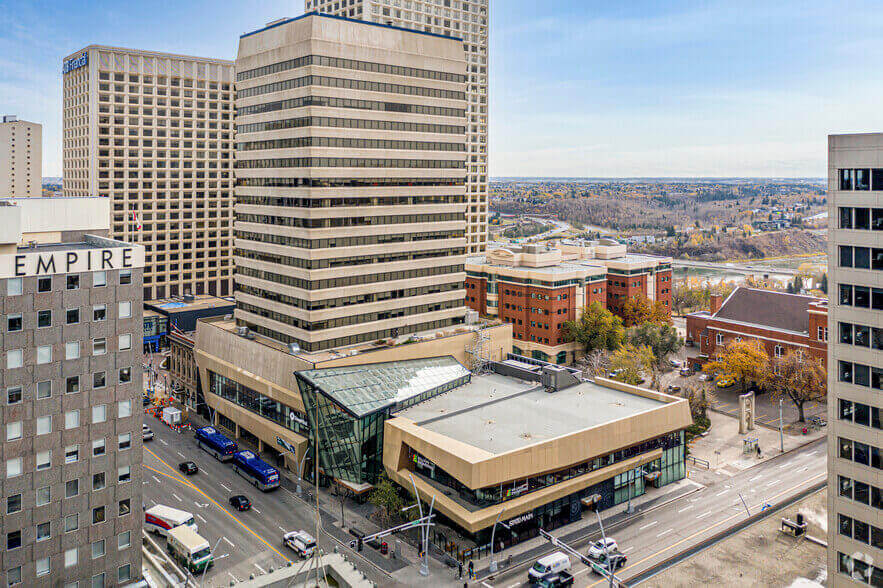
Regular winners included free parking, extended hours, and climate conditioning. The gigantic West Edmonton Mall, previously the world’s largest shopping mall, was particularly detrimental to Jasper Avenue.
Edmonton made the street smaller, enlarged the sidewalks, and planted greenery in an effort to draw people back to the downtown area. In October 2021, the “reimagined” street was inaugurated.
4. Portage Avenue, Winnipeg, Manitoba
The authorities of the District of Assiniboia decided to enlarge the roadways close to the intersection of the Red and Assiniboine rivers in 1841. They finally doubled the width of several existing streets, including Portage Avenue, to two chains (40 m).
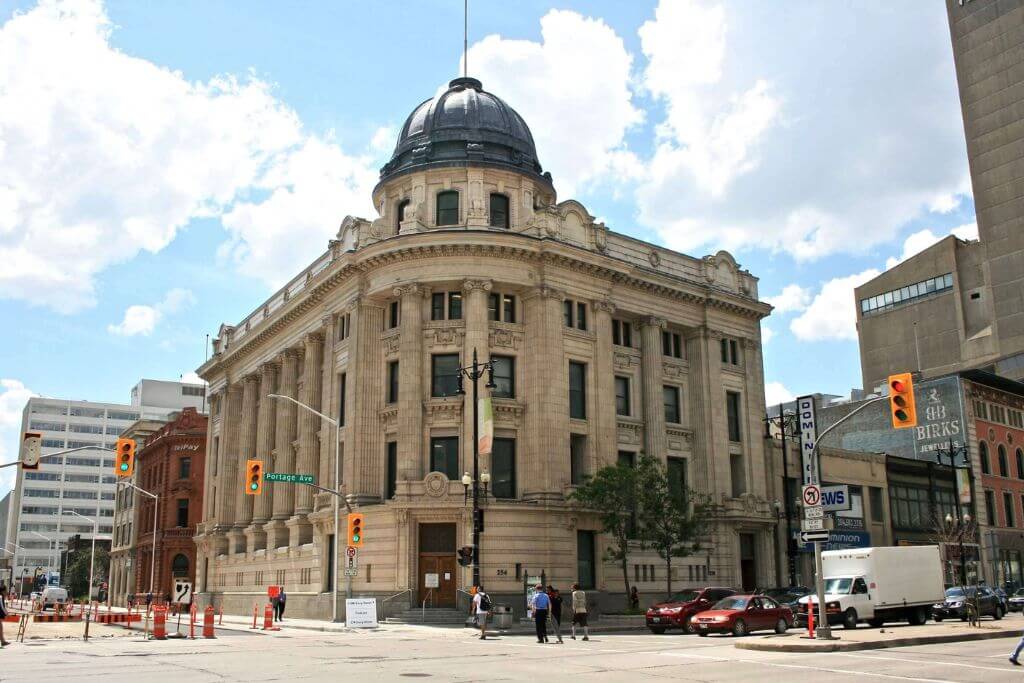
Large streets made it easier for those pulling Red River carts to get through. Unintentionally, it also made it possible for a large crowd to assemble during the 1919 general strike.
Even though Portage and Main is one of the most well-known and eccentric crossings in the nation, it is also one of the most famous. Since 1979, there has only been one method of street crossing available: through an underground shopping mall. Concrete barriers completely surround the intersection and keep anyone from crossing the street there on foot.
5. Yonge Street, Toronto, Ontario
Contrary to common perception, this thoroughfare in Toronto is not the world’s longest street. Yet it is noteworthy in other respects as well.
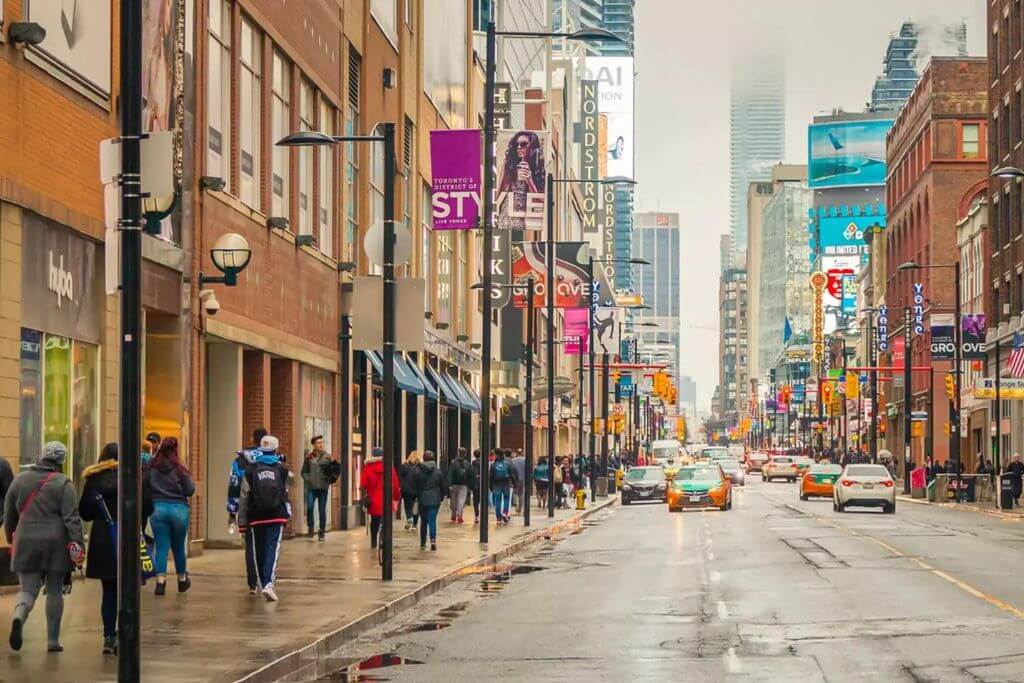
To assist the British in protecting Upper Canada against the Americans, Yonge Street was finished in 1796. It established the grid’s criterion for running absolutely straight in the downtown area. A few decades later, during the Upper Canadian Rebellion of 1837, it served as the site of the Battle of Montgomery’s Tavern.
With the construction of the enormous T. Eaton Company department store (1882), the Toronto Arcade (1884), and the Elgin and Winter Garden Theatres, Yonge Street gradually evolved into a commercial and entertainment district (1913-14).
6. Sussex Drive, Ottawa, Ontario
Even if you’ve never visited Ottawa, the name Sussex Drive is probably well-known. The route starts close to the historic village of New Edinburgh and runs parallel to the Ottawa River. The Governor General of Canada and the Prime Minister of Canada both reside there at 24 Sussex Drive (Rideau Hall).
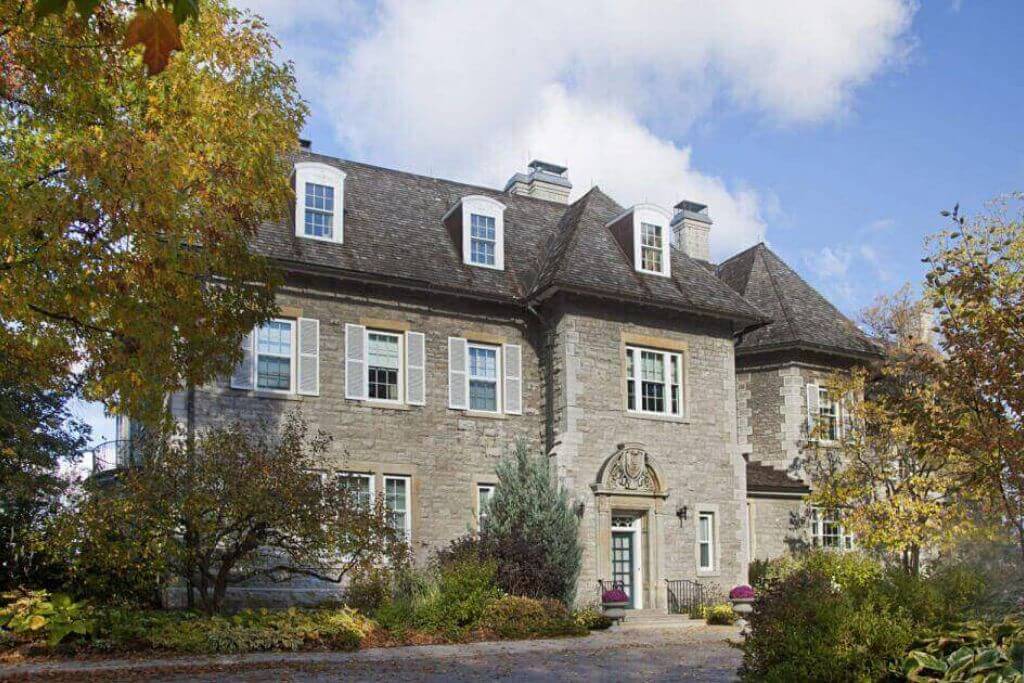
Several organizations, including the National Research Council, the Royal Canadian Mint, and the National Gallery of Canada, as well as foreign embassies from the United States, France, Japan, Kuwait, Saudi Arabia, and South Africa, are located on this street. The tour closes with the famous ByWard Market, which opened its doors in 1826.
7. Saint Laurent Boulevard, Montreal, Quebec
Residents of Montreal refer to Saint Laurent Boulevard as “La Main” because it is close to the city’s core. It is one of the city’s oldest streets and separates Montreal’s predominantly Francophone east and Anglophone West sides. By the 1870s, the southern portion of the street had developed into a center for the expanding Jewish population, who soon started migrating north on it.
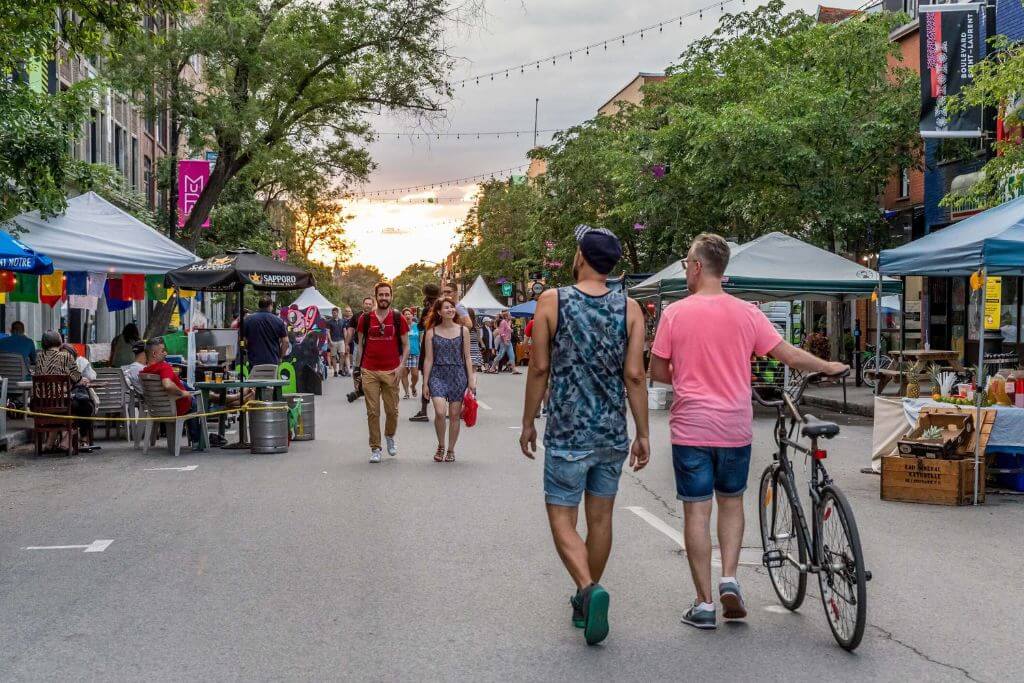
Later, the southern area developed into the center of the city’s Chinatown. The street was recognized as a national historical site due to several generations of immigration (including Italians, Greeks, Chinese, Portuguese, and other nationalities), businesses, and cultural influence.
8. George Street, St. John’s, Newfoundland, and Labrador
George Street, dubbed “the biggest tiny street in North America,” is a popular gathering place for revelers and is surrounded by taverns. With the addition of a convention center in 2001, George Street was split in half, leaving the busy section only two blocks long.
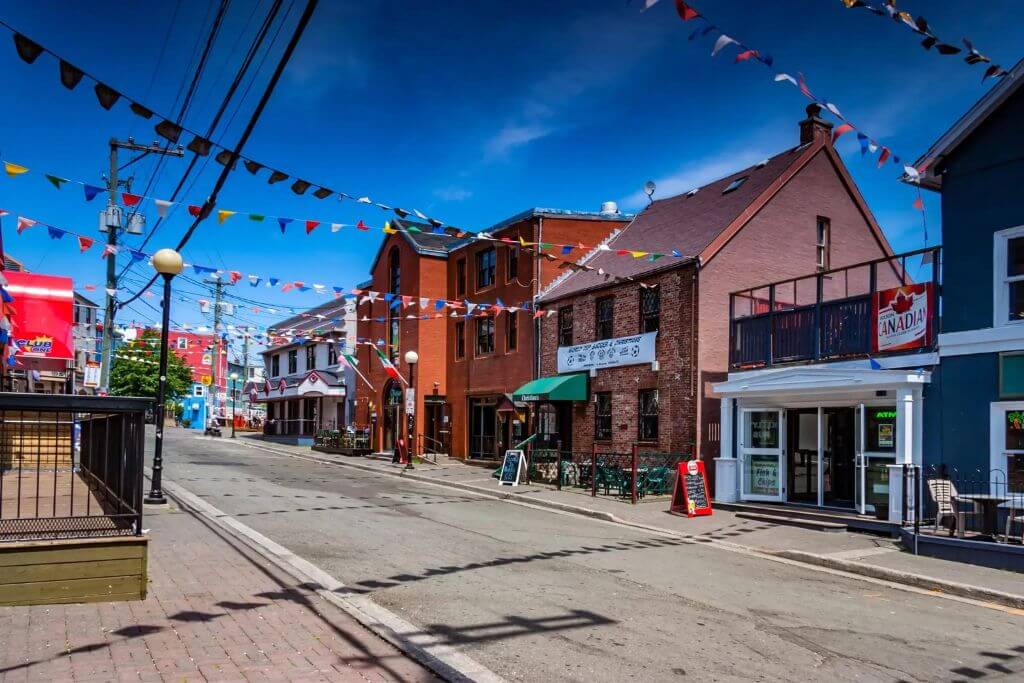
During the seven-night music festival known as the George Street Festival, tens of thousands of people congregate along this stretch of street. The folk ballad “The Night Paddy Murphy Died,” which was modified by the band Great Big Sea, now includes a reference to George Street.
9. Great George Street, Charlottetown, PEI
Great George Street is a national historic site in part because of the residential design of the street. Numerous structures were constructed between the 1820s and 1860s, before Confederation. Outside the venerable St. Dunstan’s Catholic cathedral, the street is very unassuming even though the buildings along its five blocks are in good condition.
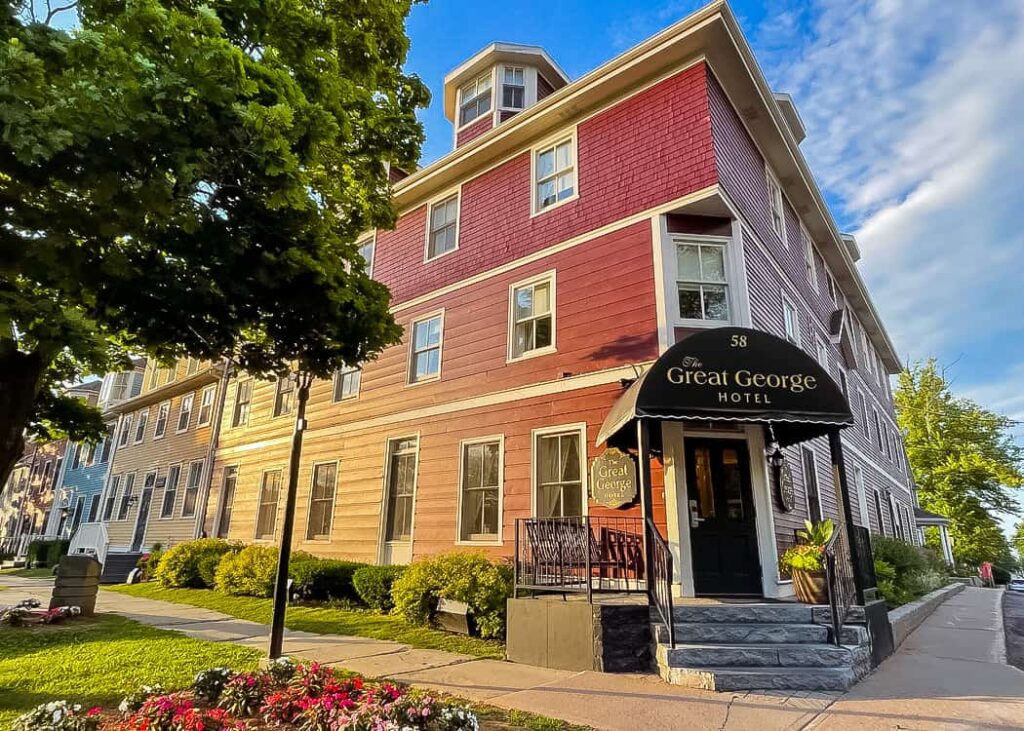
It links Province House, the provincial legislature of Prince Edward Island, to Charlottetown’s harbor. The Charlottetown Conference (1864), which resulted in Canadian Confederation, was held there.
